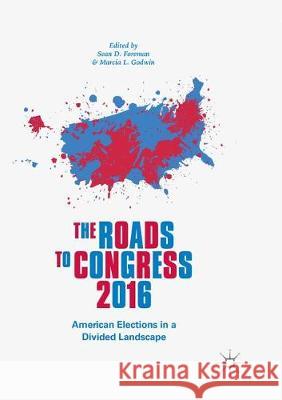The Roads to Congress 2016: American Elections in a Divided Landscape » książka
topmenu
The Roads to Congress 2016: American Elections in a Divided Landscape
ISBN-13: 9783319863191 / Angielski / Miękka / 2018 / 406 str.
The Roads to Congress 2016: American Elections in a Divided Landscape
ISBN-13: 9783319863191 / Angielski / Miękka / 2018 / 406 str.
cena 281,76
(netto: 268,34 VAT: 5%)
Najniższa cena z 30 dni: 269,85
(netto: 268,34 VAT: 5%)
Najniższa cena z 30 dni: 269,85
Termin realizacji zamówienia:
ok. 22 dni roboczych
Bez gwarancji dostawy przed świętami
ok. 22 dni roboczych
Bez gwarancji dostawy przed świętami
Darmowa dostawa!
Kategorie BISAC:
Wydawca:
Palgrave MacMillan
Język:
Angielski
ISBN-13:
9783319863191
Rok wydania:
2018
Wydanie:
Softcover Repri
Ilość stron:
406
Waga:
0.50 kg
Wymiary:
20.62 x 14.91 x 2.24
Oprawa:
Miękka
Wolumenów:
01











